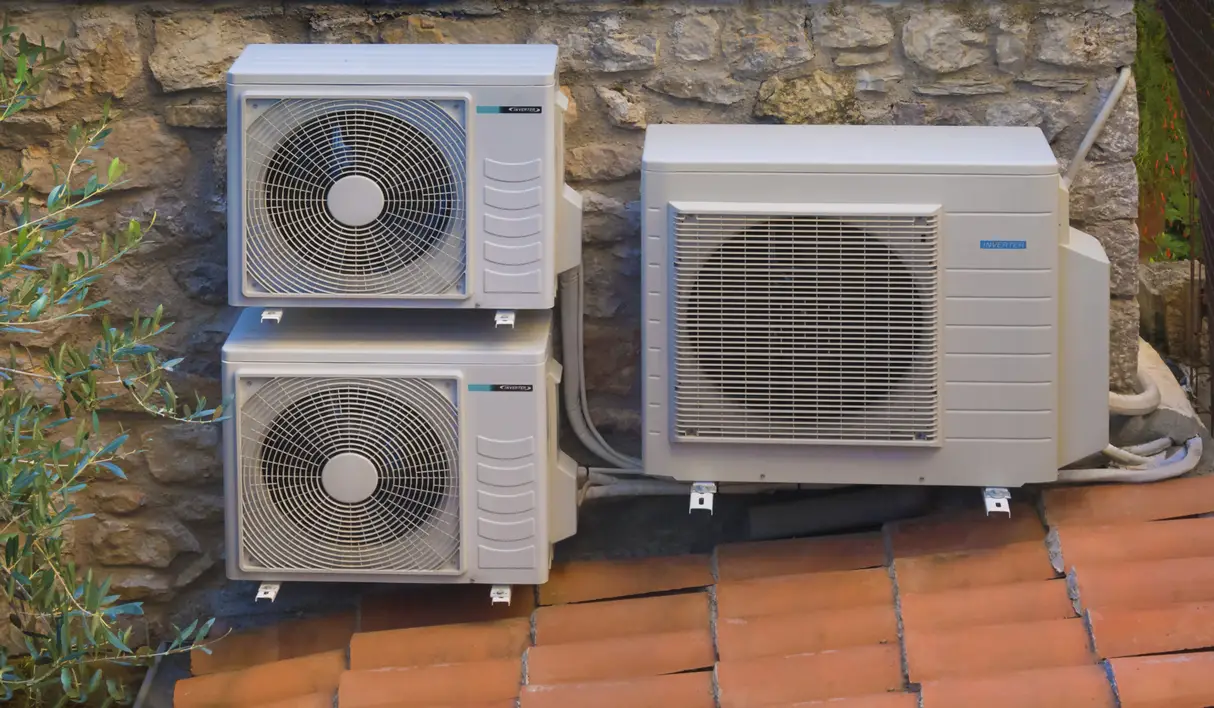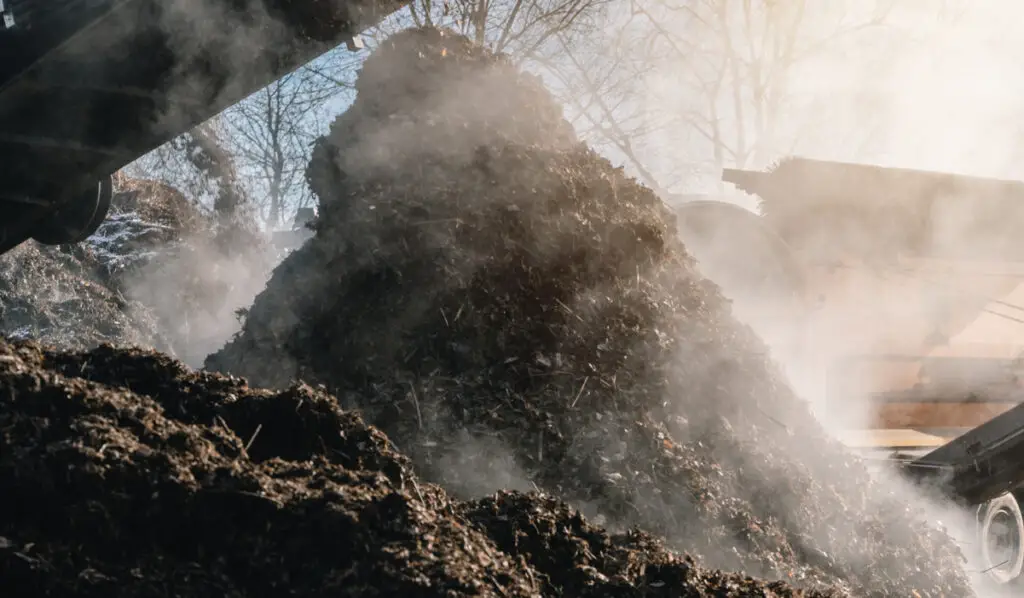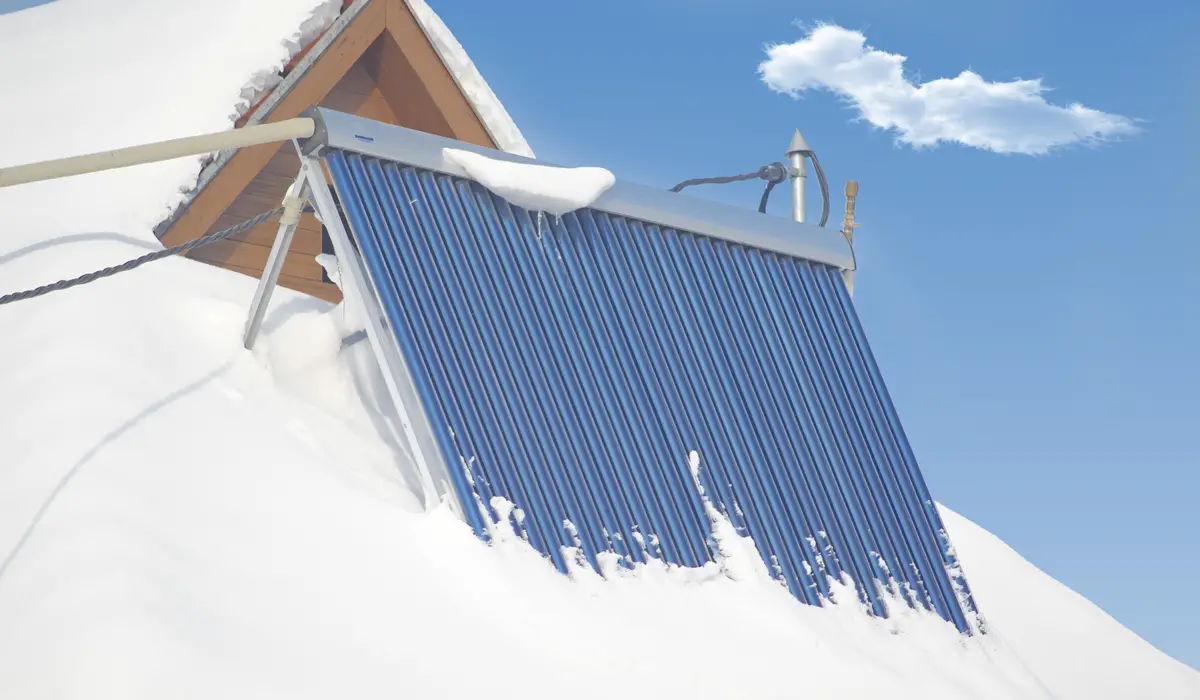14 Ways to Heat Your Greenhouse Off-Grid

This post follows our research editorial guidelines.

Isn’t it already enough that you pay extravagant power bills? You need off-grid methods to keep your greenhouse warm. Fortunately, it is possible to keep a greenhouse warm without using any electricity at all. Although it may not be ideal, it will maintain temperatures above freezing.

Table of Contents
The primary path to heating a greenhouse without electricity is through sunlight. The sun provides energy that can be used throughout the day. However, there are times when it’s stormy or cloudy, and sunlight hours are reduced in winter. In such occurrences, we can employ different ways to heat your greenhouse. If your ok with the bump in your electricity bill and have easy access to an outlet using a green house heater will offer a more reliable form of heat overall.
How Do You Add Heat to a Greenhouse? (Conventional)
Keeping your plants warm throughout the year will keep them healthy. It also assists in germination for early sowings and leads to a good harvest. Let us examine some ways to heat a greenhouse effectively:
1- Use an Electric Fan Heater
Fan heaters are pretty good at circulating heat. They are made from stainless steel and are mainly used to warm greenhouses. You just need to plug in, and the temperature can be controlled through integrated thermostats.
You can position your electric fan heater in a central spot in your greenhouse. It is recommended to angle the heater to direct the airflow above the nearby plants.
2- Use a Boiler
Electricity is not required for heating extensive structures. You can install a water pipe system with a boiler powered by oil or gas. Thermostats can be put in place near the greenhouse center. This ensures they are not impacted by sidewall cooling. Moreover, they are protected from direct contact with sunlight and water.
It may be more expensive to install an electric heater, but the costs tend to be lower in the long run. Moreover, biomass boilers fueled by wood are considerable and sustainable options. Although the installation can be a little expensive, it can help cut costs.
3- Use a Hot Bed
Do you want to give your seedlings a strong start? You can try to make hotbeds, an approach that is more sustainable. This method works by depending on heat from the decomposing material.
You can fill the organic material with raised beds to create a hotbed. Hotbeds can then be topped with compost and topsoil. The ratio of growing medium to organic matter should be 1:3.
After this, you can then sow your crop. A crop over the top will increase the heat even further. Once the compost is cooled down, you can use it around your garden beds.
4- Use a Heat Pump

Another effective option is to install a heat pump. They require some electricity to operate, but they usually depend on the warmth stored in the ground. The underneath warmth is converted into usable heat for your greenhouse.
Air source pumps take heat from the outdoor air and shift it inside your greenhouse. This keeps the greenhouse warm throughout the year. These pumps require only excavation costs, so they are cheaper to set up.
5- Use Oil Filled Heaters
Oil-filled heaters are similar to electric heaters, but the operating costs are cheaper. The oil-filled heaters require a power supply to operate. The electricity is crucial to heat the reservoirs that hold the oil. Once heated, the oil spreads throughout the unit and warms the surface.
One of the advantages of using an oil heater over an electric heater is that it does not dry out the air. These heaters use gentle convection heat to keep the temperature warm in your greenhouse.
6- Use Germination Mats
Germination mats are an ideal choice for targeted heating in a greenhouse. Although they do not produce sufficient heat to warm the air, they are helpful for heating soil. This leads to better root growth, especially during germination. You can even use them to keep small flowers from freezing during unprecedented cold snaps.
How to Heat a Greenhouse (Off-Grid)
If you are looking for alternatives to keeping your greenhouse warm off-grid, you are in the perfect place. Let us look at the common ways to heat your greenhouse without using electricity:
1. Make a Compost

If you are a gardener, you may have seen the compost on at one time or another. A premium quality compost pile gets above a hundred Fahrenheit and will remain there for a while. The compost naturally produces heat, that is, warmth for the greenhouse.
2. Double-Up the Windows
You can use double-pane windows in your greenhouse when there is extreme cold. These windows are much more efficient and retain the sun’s warmth during the daytime. During the night, the windows stop heat loss due to colder temperatures outside the greenhouse.
If you find double pane windows costly, you can use a layer of clear plastic to create the same double pane windows effect. This will cover the greenhouse and retain the warmth inside it.
3. Install Solar or Heated Beds
You can install solar water pipes to pump heat through your greenhouse’s garden beds. You can coil the pipes so that their warmth will heat the water. The heat moves through the pipes and warms the soil through the garden beds.
4. Sink the Greenhouse
The above-ground is colder than the underground. The temperature is more constant when we go deeper into the Earth. Therefore, it is recommended to sink the greenhouse floor below the frost line. This way, the warmer earth’s surface can moderate the inside temperature.
5. Reflect the Sun’s Light
If there are two walls in your greenhouse, you can insulate one wall and cover the other with a reflective material like tin. The sun will reflect off this wall and go into the garden beds. This will help to provide more sunrays and warmth to the plants.
6. Use Thermal Mass Objects
If you heat with solar energy, thermal mass is crucial. Objects like rocks, clay, and bricks absorb heat from warmer air and release it when the air is cold. Moreover, water has a considerable thermal mass. You can make raised beds with brick walls to absorb the heat. Therefore, putting some water around the greenhouse is also a good idea.
7. Use Solar Panels

Solar panels and batteries can be easily used to heat your greenhouse. PV solar panels, along with a set of solar batteries and a heater, are perfect for heating a greenhouse. Although solar panels can not directly power your heater, they can be used to charge solar batteries. Solar batteries can be used to power your heater and ultimately help to keep the greenhouse warm.
8. Biomass Boilers
A biomass boiler heating system is an efficient way to heat your greenhouse. This method requires organic wood and special pellets. The wood pellets heat the biomass beads. It is a renewable feel medium and includes plants, waste, logs, and other organic materials. The best part is that heating the greenhouse does not produce any greenhouse gas emissions.
Can Plants Freeze in a Greenhouse?
The simple answer is yes; plants can freeze during winter in a greenhouse.
Usually, an unheated greenhouse is five degrees warmer than the outside temperature. In other words, greenhouse gases drop below zero in icy conditions.
Some plants can sustain temperatures below zero. This differs from plant to plant; you can double-check this information before placing plants in winter in a greenhouse.
At times, frost forms on plants exposed to cold air from plastic or glass. If a plant is sheltered under some shelving, it might be sufficient to develop a warmer microclimate. It raises the temperature enough to prevent it from freezing.
Another element in freezing plants with unheated greenhouses is how damp the soil is. A wet plant will have a greater chance of freezing as it has higher concentrations.
Thereby, it is recommended to reduce watering in winter as the plant’s vascular system does not require much water. This will reduce the chances of plants freezing in winter.
What is the Cheapest Way to Heat a Greenhouse in Winter?

The main problem in winter is that there is inadequate sunlight available. The sun is not out for long, and its intensity is even less during summer. To fully use the heat you get from the sun, you should ensure your greenhouse is insulated correctly.
First of all, you should ensure your greenhouse is in a place where it is not shaded. You can use transparent plastic to fully avail the sunlight coming into your greenhouse. Transparent semi-opaque plastics or other materials such as aluminum help maximize the sunlight in your greenhouse.
You can use horticulture plastic for the best insulation practices. If this is not available, the regular bubble wrap will suffice.
Should a Greenhouse Have a Floor?
Before constructing a greenhouse, you should know which greenhouse components are crucial for functioning. For instance, you may be wondering if you need to install a floor or if you can utilize the ground as a floor.
Although there is no existing floor for the greenhouse, developing one can provide you with many benefits. Let us look at some of the main benefits:
Drainage
The absence of floor results in the water that collects in your greenhouses seeping into the ground below. Sometimes, this can result in flooding if the ground can not absorb the water quickly enough.
A concrete floor eliminates the flood risk if installed with a slope that allows water to drain. Floors are helpful because they let water seep into the ground while remaining dry.
Temperature Control
The floor allows you to regulate the temperature of your greenhouse. You can choose the best material to control the climate in the greenhouse.
For a cooler climate, you should choose a flooring material that absorbs and reflects heat. Similarly, a humid environment calls for a flooring material that promotes drainage.
Pests and Weeds
If you leave your greenhouse without a floor, you will expose your plants to weeds or bugs present on the ground. You are installing floor seals out of the pests and weeds. This is more effective than pesticides or weed killers. Also, your plants will not be exposed to dangerous chemicals.
Final Thoughts
Although off-grid electricity methods are not a substitute for a fully powered greenhouse with monitored temperature, they can keep your plant warm at modest temperatures. These cost-effective methods will help you grow your crops all year long!

Before you go!
11 No Mow Ground Cover Plants To Replace Your Grass With
How to Insulate A Greenhouse: 6 Ways To Heat Your Plants During Cold Spells
10 Dwarf Weeping Trees For Small Gardens
11 Houseplants with Red Leaves